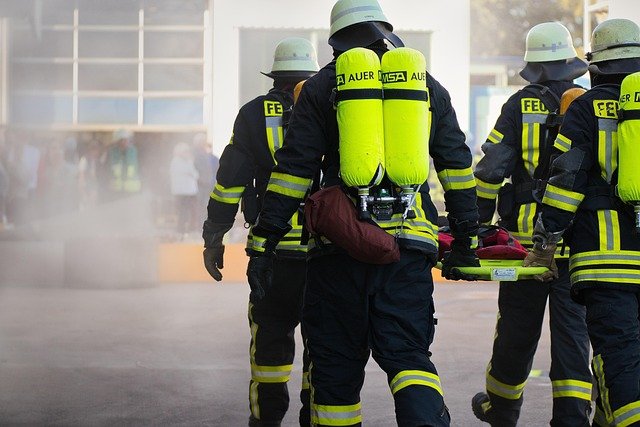Essential Certifications and Training for Fire and Rescue Roles Worldwide
This article outlines essential certifications, typical training pathways, and practical considerations for individuals pursuing fire and rescue roles worldwide. It covers safety, equipment, hazmat response, fitness expectations, volunteer involvement, and how certifications support career progression.

Fire and rescue roles require a structured mix of formal certification, hands‑on training, and ongoing skills maintenance to operate safely in emergency environments. Candidates and current personnel should expect coursework that combines classroom theory with simulated and live scenarios, practical equipment handling, and physical conditioning. Training pathways vary by country and service model, but the core objective remains consistent: to prepare responders to protect people and property while minimizing risk to themselves and others. Emphasis on prevention, community engagement, and coordinated response with allied services is increasingly central to contemporary practice.
Certifications for rescue and emergency roles
Certification frameworks differ internationally but commonly include basic firefighting credentials, emergency medical responder or first aid certification, and incident command system training. Many systems require a recognized national or regional qualification that documents competency in fire behavior, search and rescue techniques, hose and ladder operations, and basic patient care. Certification is often modular, allowing candidates to progress from foundational emergency response skills to specialized rescue certificates that cover rope, confined space, or vehicle extrication. Maintaining certification usually involves periodic reassessment and continuing education to reflect evolving standards and equipment.
Training for safety and equipment
Safety and equipment training centers on proper use, inspection, and maintenance of personal protective equipment, breathing apparatus, and firefighting appliances. Practical courses teach donning and doffing procedures, SCBA management, thermal hazard recognition, and safe use of pumps and hoses. Simulated live‑fire training provides experience with nozzle techniques and ventilation, while classroom instruction covers risk assessment and incident safety planning. Emphasis on teamwork, communication, and situational awareness helps reduce injuries and supports effective coordination during emergencies.
Hazmat and technical rescue training
Specialized hazmat and technical rescue training prepares responders for chemical, biological, radiological, and confined‑space incidents. Hazmat education includes identification of hazardous substances, decontamination procedures, protective zone management, and safe transport protocols. Technical rescue training addresses high‑angle rope rescue, trench rescue, structural collapse operations, and water rescue skills. These programs often require additional certification beyond basic firefighting and include scenario‑based exercises that test decision‑making under stress and coordination with environmental and public health agencies.
Fitness and preparedness in recruitment
Physical fitness standards and preparedness assessments are common elements of recruitment and ongoing competency checks. Fitness requirements typically evaluate aerobic capacity, muscular strength, and functional mobility needed for carrying equipment, victim extrication, and prolonged operations. Many services use timed obstacle courses or simulated task tests to gauge job‑related fitness rather than generic measurements alone. Mental resilience and stress management are also part of preparedness training, with programs that build coping strategies for exposure to traumatic incidents and prolonged operational demands.
Volunteer and community prevention programs
Volunteer responders play a key role in many jurisdictions, providing local emergency coverage and community prevention initiatives. Training for volunteers often mirrors professional programs but may be delivered with flexible schedules and modular certification to suit availability. Community prevention training includes fire safety education, home risk assessments, and public CPR instruction. Engaging volunteers in prevention and public outreach strengthens community resilience, broadens recruitment pools, and enhances coordination between professional and volunteer elements of the response system.
Certification paths for a sustainable career
Certification pathways support steady career development by allowing responders to expand technical skills and move into supervisory or specialist roles. Progression often includes advanced incident command qualifications, instructor certification, and administrative or fire prevention credentials. Lifelong learning and periodic revalidation of skills help maintain operational readiness and adapt to new equipment or procedures. Employers typically value combinations of practical experience, recognized certification, and demonstrated ability to work in multi‑disciplinary emergency teams when considering advancement.
Conclusion
A coordinated mix of initial certification, scenario‑based training, specialization, and ongoing fitness and education forms the backbone of competent fire and rescue capability worldwide. While specific requirements differ by country and service model, the core elements—safety, equipment proficiency, hazmat and technical rescue skills, community prevention, and structured certification pathways—remain central to preparing responders for diverse emergency situations.






